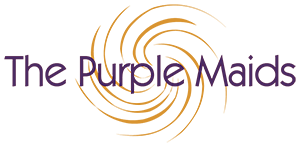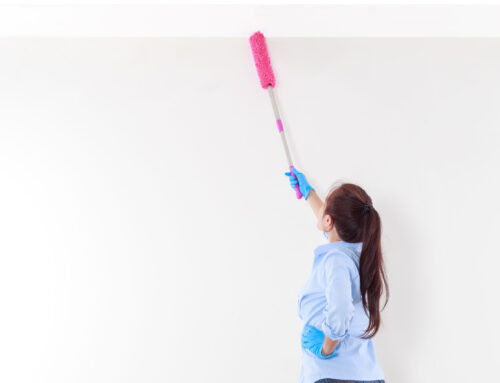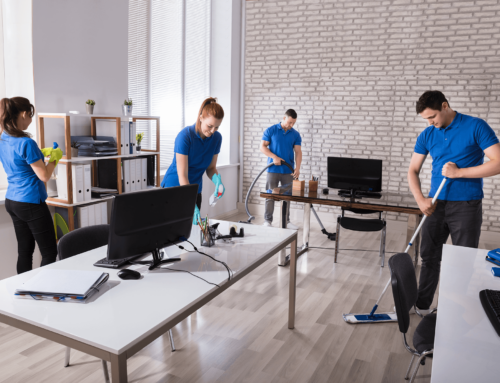A dental office calls for thorough and intentional cleaning due to the nature of activities that take place there. A dental practitioner knows that cleanness in his/her office is part and parcel of the practice. It should be safe for everyone.
Importance
First of all, it’s important for health, hygiene, and safety reasons. Cleaning removes microbes, dust, dirt that can settle on surfaces found within the office.
Secondly, the image of the office. A clean office gives a positive image in totality. Dust and dirt can erode a brand’s value and it’s not worth it.
The following are the major categories of surfaces and how to clean them.
- Housekeeping surfaces
These surfaces have less or minimal contact with the patient’s materials. For example, the floors, doors, walls, and sinks. They tend to have a low risk of disease infection.
2. Clinical contact surfaces
These are surfaces that are touched frequently. For example, the levers and switches in the office. Most patients and even staff end up touching these surfaces frequently. The frequency exposes them to a high possibility of contamination hence the need to be extra vigilant when it comes to cleanliness.
- How to clean the Housekeeping surfaces
- The floors-Use an EPA-registered hospital disinfectant.
- The carpets- carpets can harbor fungus therefore, clean them well using a vacuum cleaner generally.
- Any clothed area-Use eco-friendly detergent. If there is an incidence of contamination of blood or other body fluid use a disinfectant instead.
- Walls and windows-Use a reliable detergent to clean them. However, in case of any contamination by blood or other fluid be sure to use a recommended disinfectant.
Frequency of cleaning.
The floor, carpets, sinks require a call for daily cleaning. Carpets are very receptive to dust and fungus hence need a daily touch. The floor equally does.
The walls and windows can be cleaned once per week or after every two weeks.
Who cleans the surfaces?
A designated team can do the cleaning. It is up to persons in charge to have a schedule for daily cleaning.
Also, it is recommended to engage a professional cleaning service provider. These experts do a thorough job using their specialized equipment and materials.
Equipment needed:
Mobs, gloves, and buckets are necessary.
- How to clean the clinical contact surfaces
- Clean and disinfect them using chemical germicides registered as “hospital disinfectants’
- You can also make use of impermeable barriers to cover and protect them from droplets or touch.
Frequency of cleaning
Clean them after AS often as you can. Probably after every use because they are used so frequently. Tedious it may sound; it helps in minimizing the risk of infection.
Who cleans?
Your designated person in the office is the one to clean them accordingly.
Equipment needed:
The cleaning team needs gloves, mops, and clothes. The mops should be cleaned and aired well after every use.
- Instruments used.
Besides the surfaces, there are instruments that require proper cleaning to avoid any infections. The cleaning removes both fluid and solid particles.
Equipment used for cleaning:
A dental medical-grade dishwasher is the main equipment. It is recommended because it cleans, disinfects, sterilizes the instruments. The machine does the three essential steps under the recommended and controlled temperatures.
Frequency of cleaning the washer:
- Clean it daily to removing all filters and strainers
- Do a weekly cleaning that includes safety checks and ensuring that no protein residues are present. The latter is done using a protein test.
- By having a quarterly cleaning to do an automatic control test, cleaning efficacy test and chemical dosing just to mention a few.
4. The restrooms
Much as this room is on the side, it cannot be left out. Make sure that the inner and outer areas of the toilet are well cleaned. For example the doorknobs, windows, sinks, and the hallway. Avail of other items such as toilet paper and soap during the process. These small items enhance general cleanliness and hygiene.
Frequency of cleaning:
Do the cleaning daily as many times as necessary. It does no harm to do it regularly. The person in charge can come up with a schedule for the cleaning.
What to use:
Ensure that eco-friendly disinfectants and air fresheners are used.
5. The reception area
This is the very first area your visitors, patients, other stakeholders get to see. It is their very first experience of your service. See the weight it carries! Having said that, we have no choice but to keep it clean, tidy & attractive all the time.
This area has to be cleaned every single day. Remember it carries some of the housekeeping surfaces and clinical contact surfaces.
Clean all the furniture appropriately to leave the area fresh and odorless. For example, have all the couches or seats cleaned with the right detergents?
Clean and polish all wooden furniture and surfaces. Polishing can be done once a week but the general cleaning is done every single day.
If there are plants e.g. flowers keep them watered and clean from dust at all times.
All doors, their knobs, and even switches are to be cleaned daily because they are used commonly.
Lastly, the reception has to be cleaned and tidied up daily as long as the office is operational.
Extras:
- Make sure that the sitting arrangement complies with the recommend social-distance rule (about 1.5m apart)
- Keep the office well ventilated.
- Place hand sanitizers at strategic points.
- Make it clutter- free for a greater ambience
A dental office has both housekeeping and clinical surfaces. Housekeeping surfaces are less frequently contacted compared to the Clinical ones. Both require proper cleaning. There are other items such as a medical dishwasher that cleans all the instruments used by a dentist. They too require specialized cleaning. Areas such as the reception, the restrooms, and even hallways are cleaned in different ways with different intervals. Involving a professional cleaning services provider is an added advantage to the cleaning process.
In conclusion, dental office cleaning takes place daily, at different areas and surfaces. It cannot be overlooked. If we ever needed it, it’s now.




